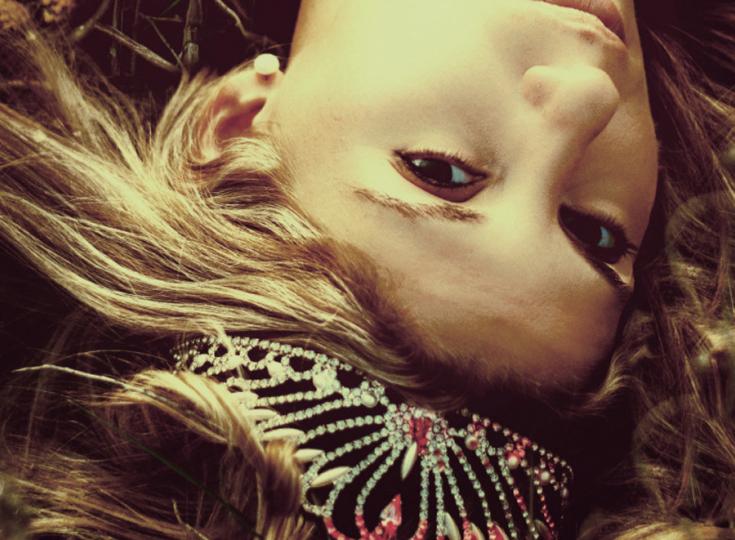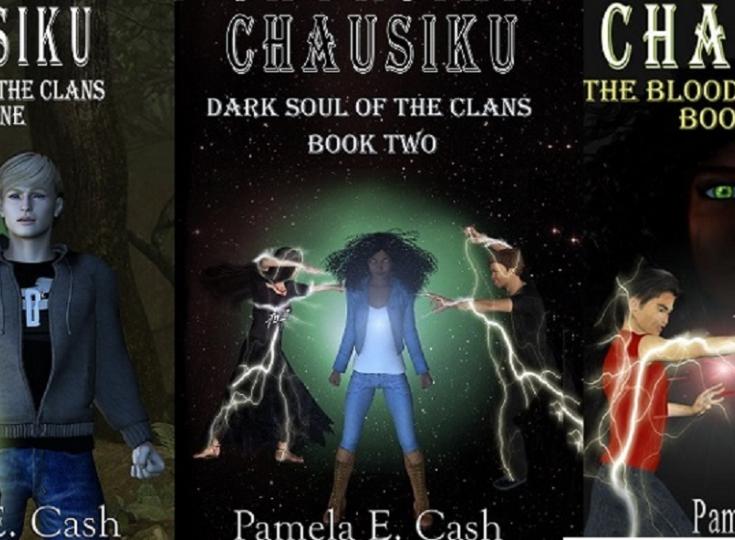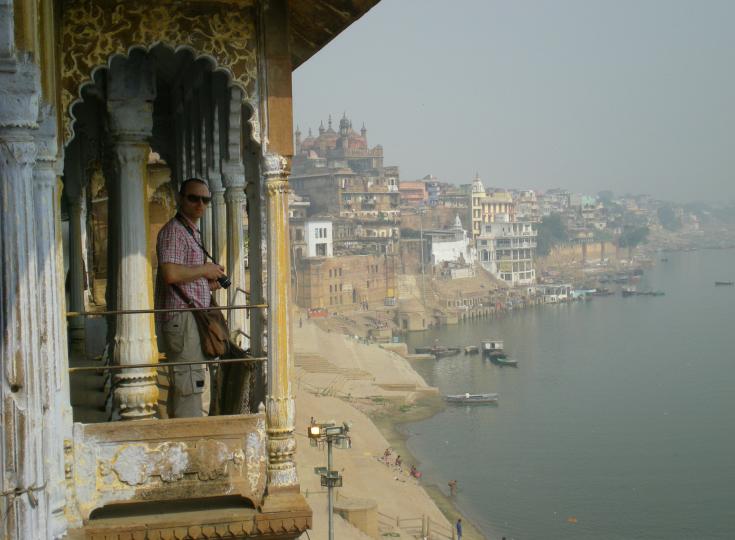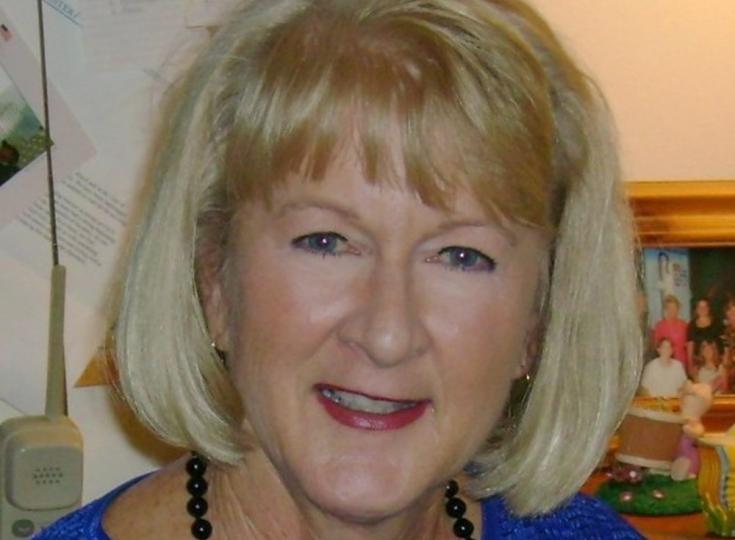David Schaub and Roger Vizard - Hilarious Paranormal Adventure
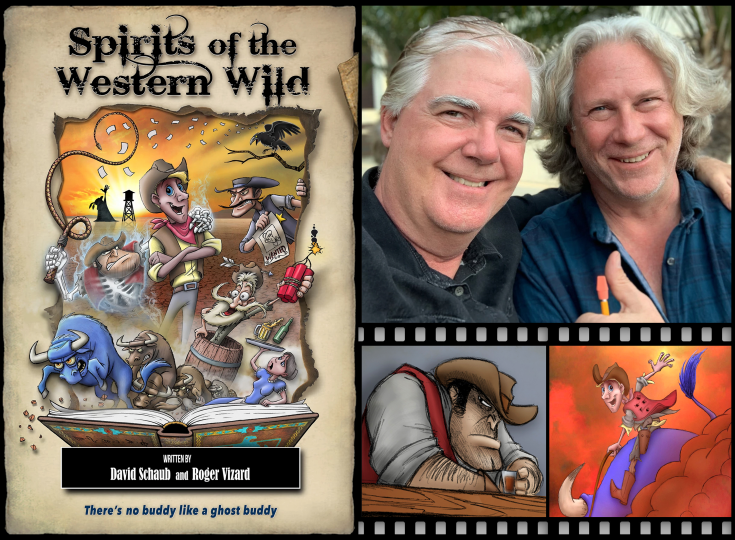
David Schaub is a writer and Academy Award ® nominated Animation Supervisor working in the film industry for more than 25 years. He is the co-writer of SPIRITS OF THE WESTERN WILD (screenplay) and directed the audio adaptation now on Audible.com. He also developed STORY COMPASS ® smartphone app for screenwriters. Schaub received Oscar nomination for animation in Tim Burton's ALICE IN WONDERLAND (Disney), along with nominations for BAFTA Award, Saturn Award and Critic's Choice Award, and won the Golden Satellite Award for Best Visual Effects for his team's work on the film. He was HEAD ANIMATION on Sony Picture's SURFS UP – which was recognized with two Annie Awards among its ten nominations including Academy Award nomination and four Visual Effects Society (VES) award nominations. He was an ANIMATION DIRECTOR on AMAZING SPIDERMAN 2 (2014), CHRONICLES OF NARNIA (Disney), I AM LEGEND (Warner Bros.) and LEAD ANIMATOR on STUART LITTLE 1 & 2, EVOLUTION, CAST AWAY, GODZILLA, PATCH ADAMS and more. As our Author of the Day, he tells us all about the book, Spirits of the Western Wild, that he co-authored with Roger Vizard.
Please give us a short introduction to what Spirits of the Western Wild is about
On the surface, you could call it a buddy story – in the same way that the "Odd Couple" is a buddy-bonding tale between a pair of unlikely souls.
Our young hero named Luther McCleron is heading west to learn more about his long-lost grandfather. His plans are thwarted when he comes face-to-face with a legendary ghost named Monty.
Monty is a crusty, cantankerous ghost who refuses to believe he's dead. The two become entangled in a combative relationship that escalates to the comedic breaking point as they face greater and greater challenges together. Each is a thorn in the other's side, but each require the other to fulfill their own needs.
A thematic thread runs underneath related to that mysterious thing we call "destiny," and the strange forces at play beyond our comprehension. In this case, it is the "Spirits of the Western Wild." It's those nudges, coincidences, and synchronicities that mysteriously lead us to our heart's desire, and Monty in particular is the literal but comedic embodiment of that spirit.
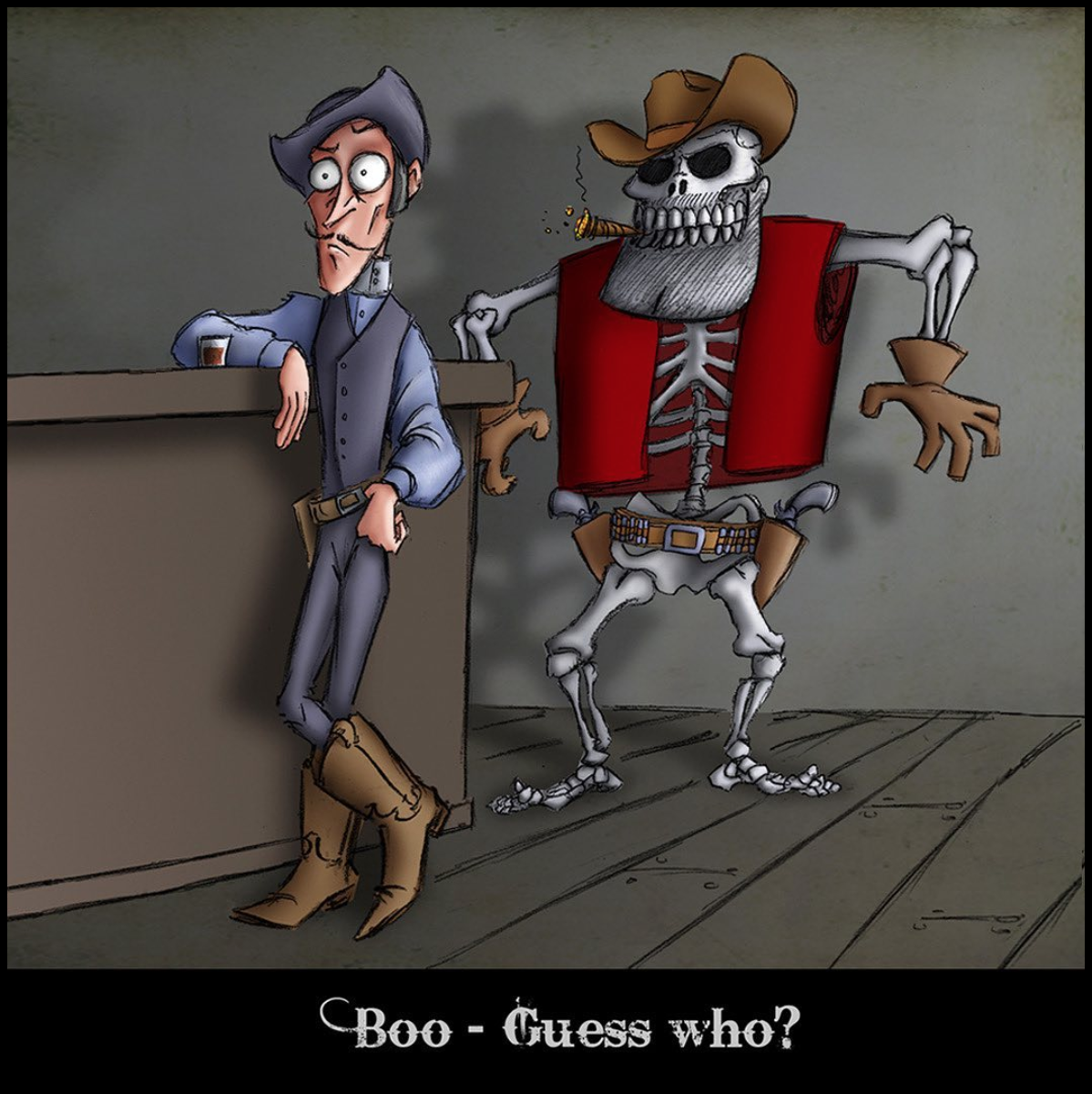
What inspired you to write about a young adventure-seeker and a ghost that are bound together?
It was Roger [Vizard], my story partner, who pitched me the character designs and premise with some great drawings and situational gags. We kicked ideas around between ourselves about where the story could go. We ultimately decided to join forces to see if we could shape it into a fully executed screenplay that would sustain itself as an animated feature. It was the characters that inspired us, and that's what drove everything down the story path.
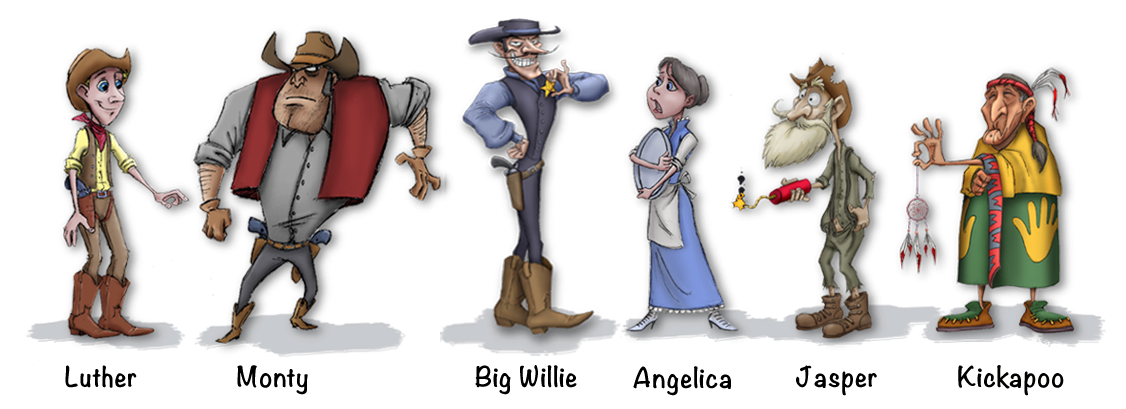
This was adapted from a screenplay for an animated feature? Tell us more about that.
Roger and I have been working in animation and visual effects for decades, first connecting on the production of "Stuart Little 2" back in 2001. Since that time, we've been banging ideas around for stories we'd love to tackle. This project is one of those stories all buttoned up. Keep in mind that both of us are still active in production, so this was a pet project that we worked on during our rare bursts of downtime.
I spent years working with writers, directors, and creative producers – fully immersed in that world. Over time I developed my own instincts for what works and what doesn't work in a story. The movies I loved had solid story structures, with meaningful setups and payoffs. I did a deep dive into the subject and developed a mobile app called STORY COMPASS ® for writers. It was initially a reference tool for myself, but then it evolved into something more over time.
The backstory and links are here: https://tinyurl.com/storycompass
For Luther and Monty's story, STORY COMPASS ® was most useful at the back end, after all the broad strokes and creative elements had been laid down.
From there, it helped us fit together the larger puzzle in a way that ebbs and flows with a natural story rhythm.
We were able to dial in those structural nuances in the rewrites rather than fixating on structure up front where it can block the creative flow.
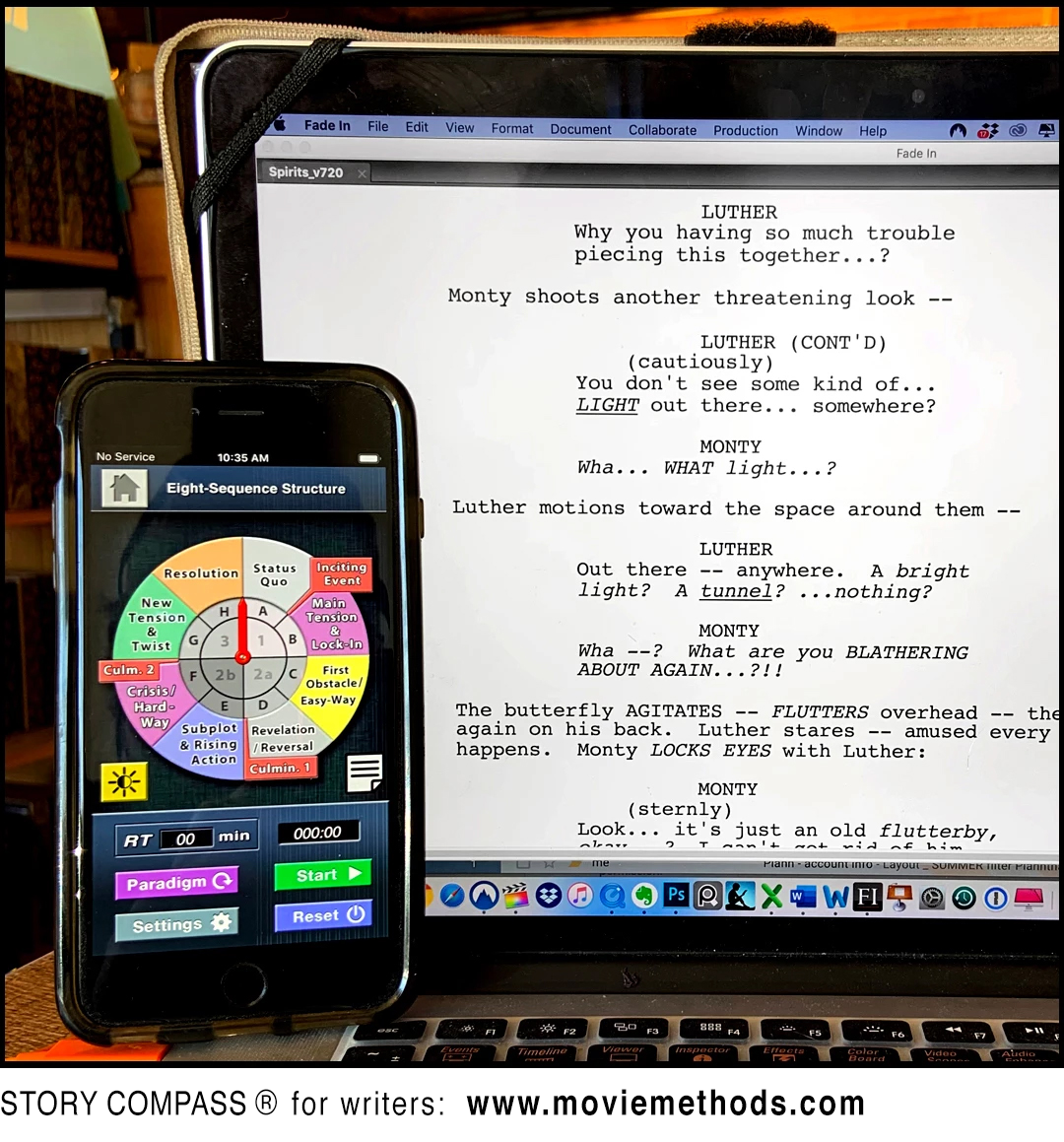
So the book is actually a screenplay?
It's a hybrid, somewhere between a screenplay and a book. Amazon/Kindle doesn't offer a solution to display screenplays in their native format, which is a strict standard by industry definition. But we came up with a formatting solution that seems to work pretty well. It was all in the interest of rendering a look that is easy to read on Kindle and other eReaders.
With formatting aside, descriptive enhancements were added for a more engaging read that paints the tone and mood of this story inside the reader's head. And speaking of "painting," the book was also a great way to share some of the artwork that Roger and I have collaborated on along the way.
It's also fun to follow the along with the audiobook version to get a first-hand account of how the text evolved to a full dramatization.
There's an audio version? Tell us about that.
Once the screenplay was complete, we found ourselves sitting on a precious pound-of-paper (1.25 lbs to be exact). Having drudged through hundreds of scripts myself over the years, I fully acknowledge what a chore it can be for movie execs to commit to actually READING these things without it becoming a huge favor to do so.
When Roger moved onto another animation gig, I decided to keep chipping away at the next steps toward production. I had the wacky idea of producing it as an audio drama to make it super-easy for studio execs to absorb on their commute - no reading required - just straight-up entertainment for the listener.
Self-funding the movie wasn't an option, but as an animation director, I could certainly produce an audio drama to bring it to life in a way that the written page alone could never achieve. And with a full cast and musical score, it's a much tastier alternative to digesting a pound of paper!
Audible link & sample: https://tinyurl.com/audible-us
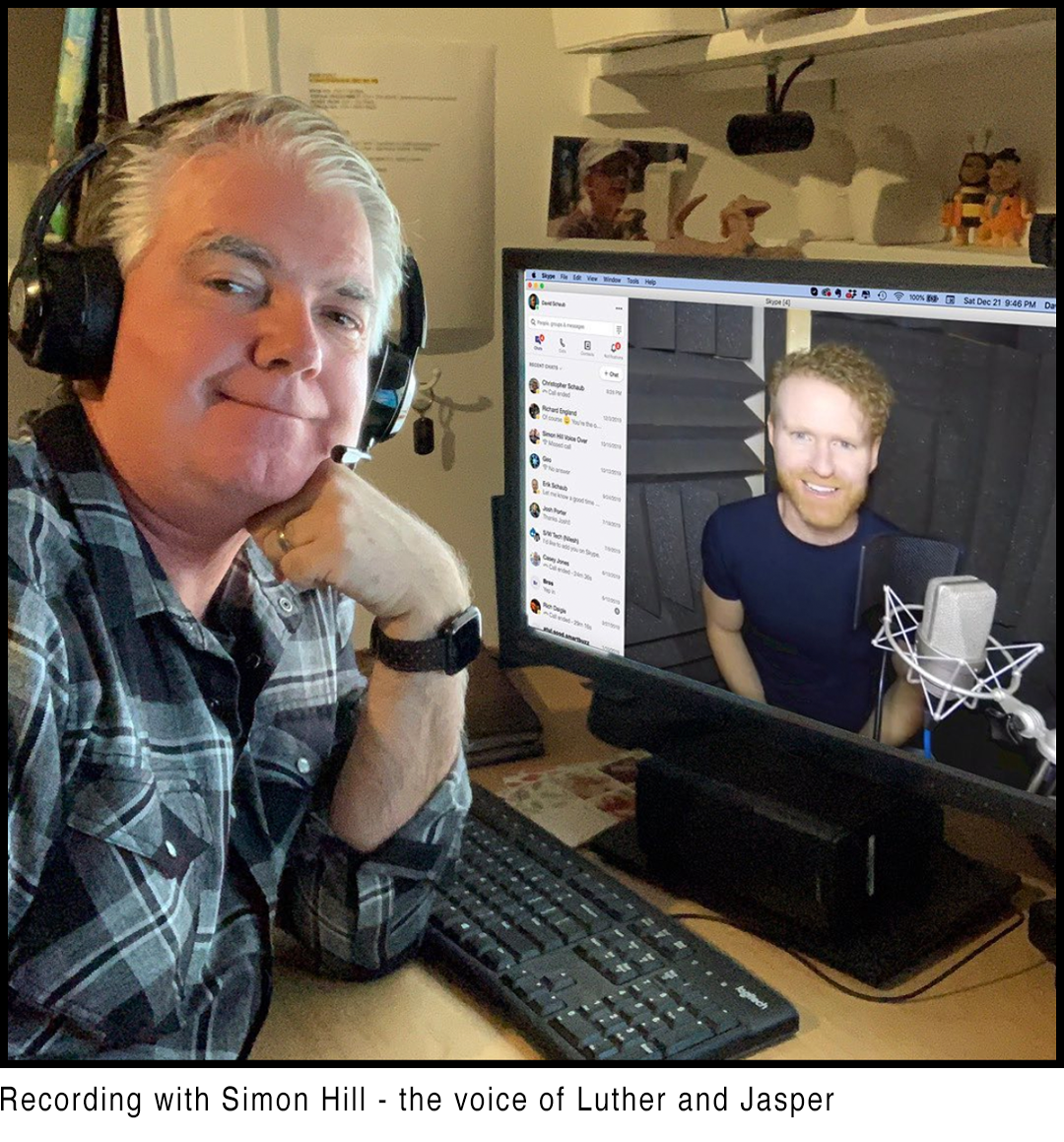
Tell us more about Luther McCleron. What makes him tick?
Luther is the Luke Skywalker of our story. He's the classic fish-out-of-water, wide-eyed, innocent, and way out of his element when faced with the harsh realities of the untamed west. He's filled with naïve notions and irrational fears that he struggles to overcome while trying to track down the fate of his grandfather, who passed through this area years before.
A ghost named Monty thwarts Luther's plans and becomes the antagonistic sidekick that won't leave him alone. For "some reason," Luther is one of only a few who can see and interact with Monty, which is another mystery that Luther needs to unravel.
The two are constantly at each other's throats, and Monty manages to get Luther into deeper and more desperate trouble that Luther needs to untangle as he goes.
Who is Monty, and what makes him so special?
Monty was the original lawman in town but now a reluctant ghost. He's loud, hard-headed, and short-tempered but still oddly loveable. Monty never hesitates to speak his mind in a world where everyone manages to push his buttons. He obliterates the English language with his hilarious malapropos and spoonerisms, making his dialogue incredibly fun to write. If this were the 1970's, you'd say his personality is a dead-ringer for Archie Bunker; the main inspiration for his character.
Once Monty discovers that Luther can actually see him, he's able to use Luther as his unwitting pawn to take out his vengeance on Big Willie, the crooked sheriff in town. Of course, Monty can't resist pushing it even further to carry out his mischievous pranks and nefarious deeds at Luther's expense!
As their "odd-couple" relationship develops, Monty is increasingly haunted by an uneasy feeling that he needs to keep Luther close at hand; for some reason, he can't quite put his finger on... just yet.
Do any of your characters ever take off on their own tangent, refusing to do what you had planned for them?
Oh, all over the place! We started with some fun character designs but no sense of a real beginning, middle, or end from a story perspective. Not the best starting point for the goal of a tightly woven screenplay! The process of dredging up a meaningful story from a simple lineup of characters took us down a lot of blind alleys. I lost count of our rewrites.
But it was all those rewrites and false starts that allowed us to find the real story that was buried down deeper. Over time, the characters became real to us, to the point where they just kind of did their own thing, and it was our job to chase them on their adventure, getting them into deeper and deeper trouble as they went.
Ultimately, we had to reel in that adventure and focus on structure, theme, and all that. But that came much later, where STORY COMPASS ® helped us fine-tune the story beats.
The traditional approach is precisely the opposite, where outlining and planning takes precedence. It's also a good idea to know your ending before you start. We didn't have any of that.
The upside is that it resulted in a story that we could never have conceived had we built it through conventional means. We would never have arrived at the same result.
Not even close.
What did you have the most fun with while writing Spirits of the Western Wild?
I think it was all the character development and colorful dialogue that ensued. I couldn't get enough of that!
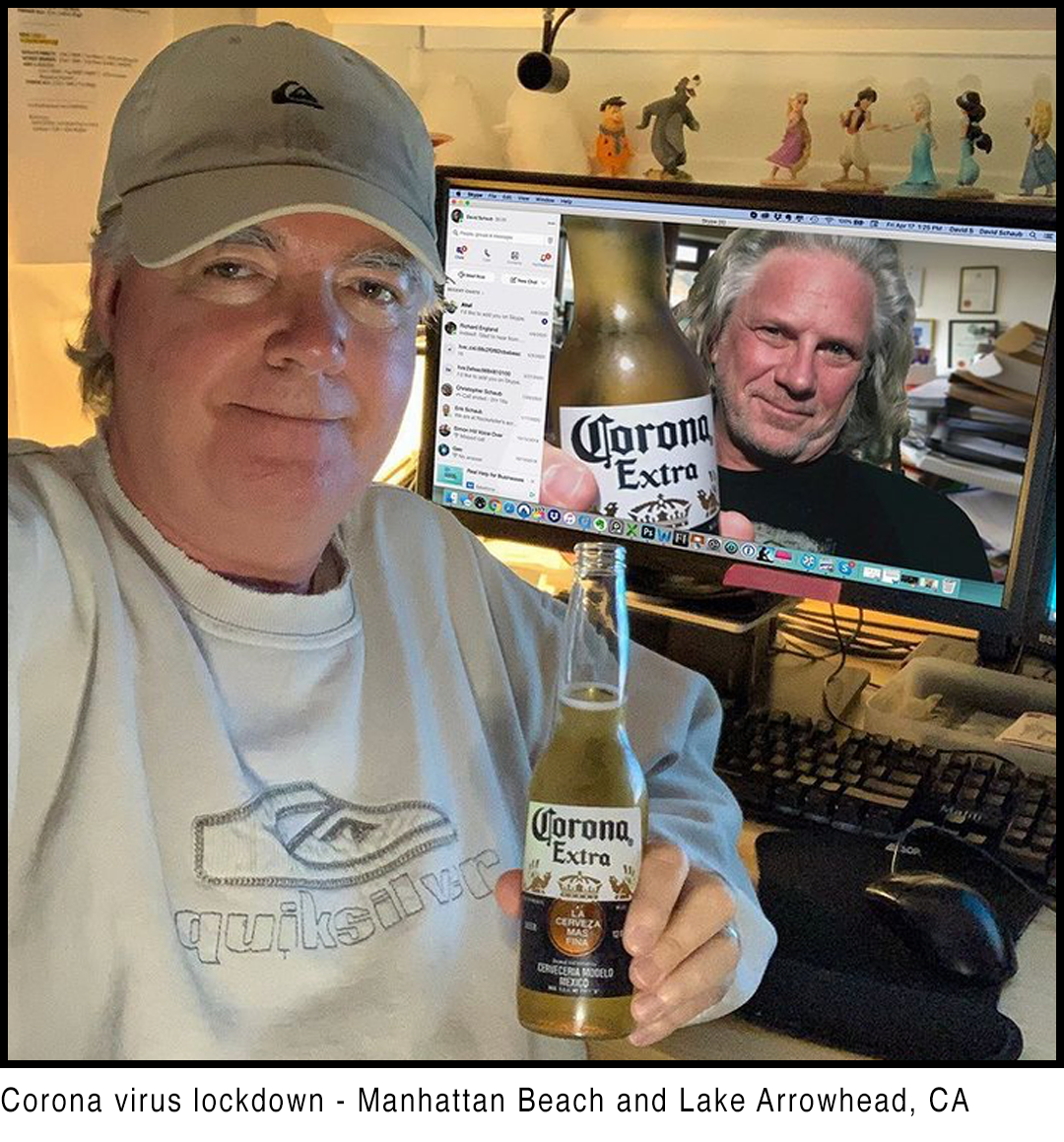
And what was the most challenging?
Writing is hard – no matter how you cut it. I've also discovered that if the writing comes easy, then it means I’m not digging down deep enough.
I'm often overwhelmed at the endless possibilities through all those self-imposed forks in the road. Of course, I need to go down all those dead ends to see if anything is lurking in the dark before turning back empty-handed. I hate that nagging feeling that I might have missed an undiscovered treasure down that darkened alley — especially if I feel I might have missed it because I was just too lazy to go look.
With our backward approach to this writing project, we were often tempted to close out the story prematurely and move on, especially since there wasn't a clear target established up front. But I hunger for substance and MEANING in stories, and I felt that something deeper was roiling around under the surface, yearning to burst through at any point. So we continued stoking the fire to see what might emerge.
Then it finally came -- a series of epiphanies that tied everything together and gave this story a sense of purpose and substance it needed. INEVITABLE, yet surprising… with all the loose ends tied up in their own unique and satisfying ways.
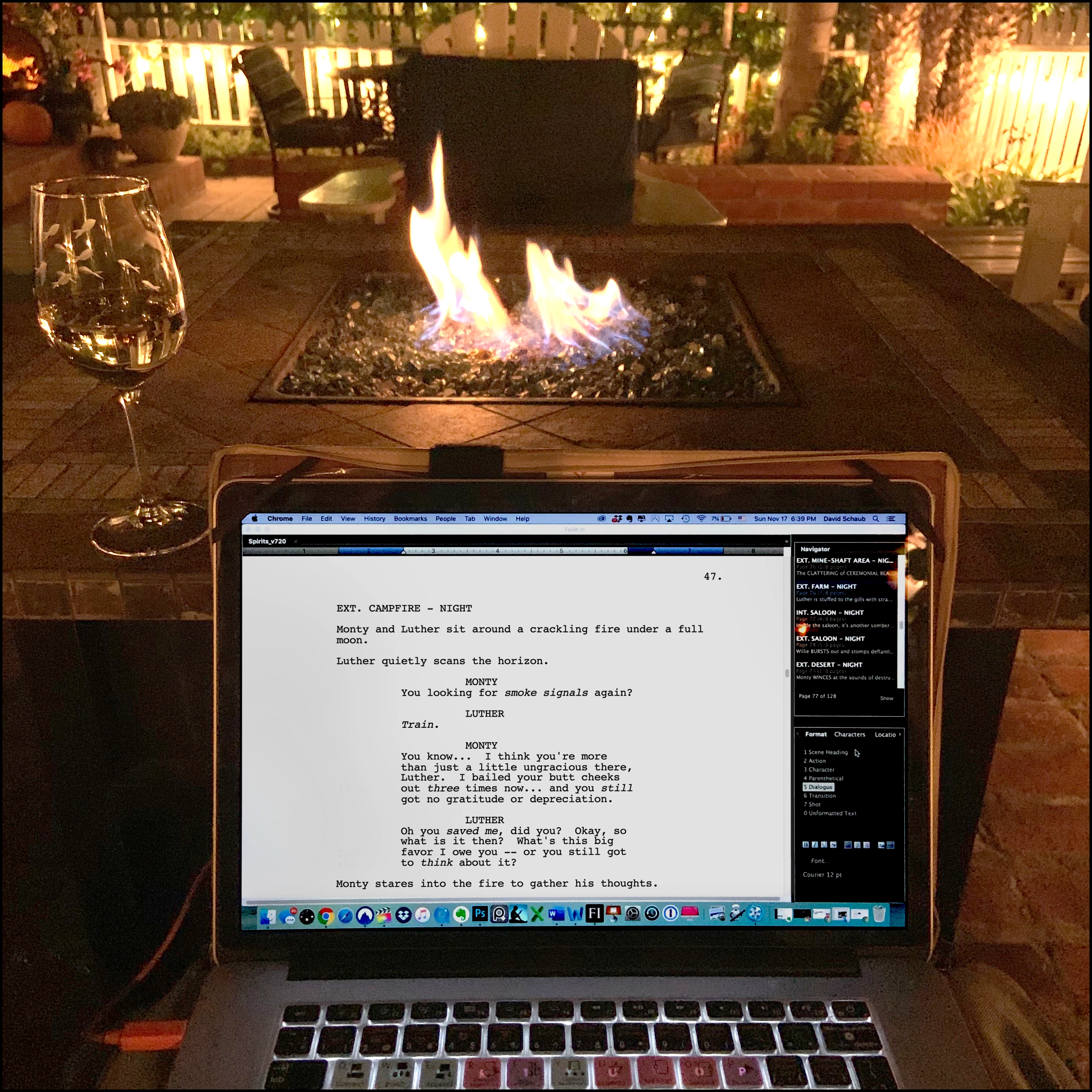
Do you have any interesting writing habits? What is an average writing day like for you?
With a multitude of projects underway, writing is just one part of the equation that plays into the larger picture from one day to the next. For me, writing is a means to an end. It's a vital creative step toward manifesting some end-result, whether it's a fully executed screenplay, comedy sketch, or just a troublesome scene where the dialogue needs to be rewritten.
I'm certainly not a "born writer," and I require a heavy dose of inspiration before I'm compelled to sit down and execute. But once I start, I am unstoppable - OCD might be a better description. And those stretches can go for weeks at a time. There's usually very little sleep involved, so it's not a healthy routine, and I don't recommend it. But for me, it's all in the interest of capturing lightning in a bottle during those times of intense focus.
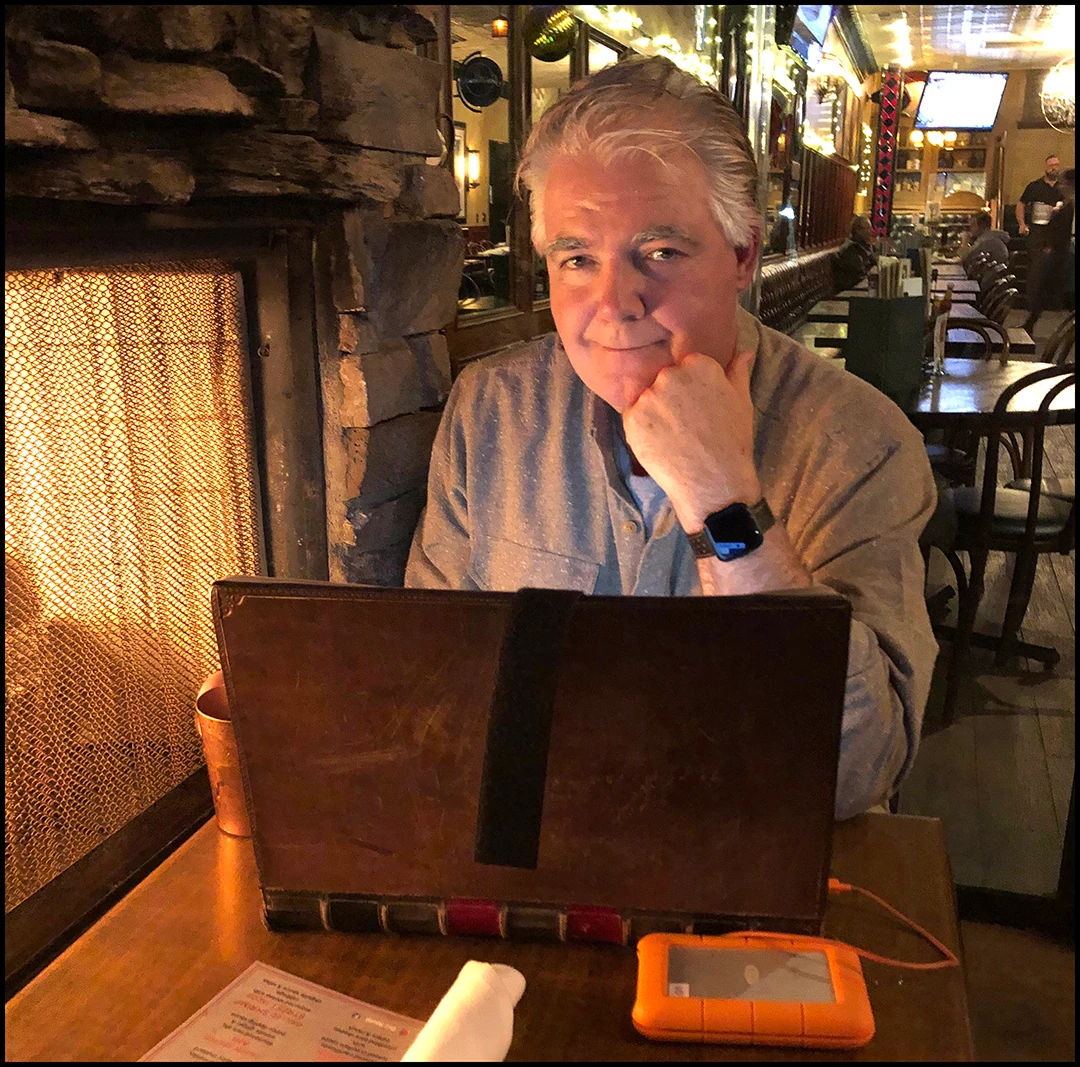
Tell us more about the cover and how it came about.
The cover is actually what we call the "movie poster."
Both Roger and I are huge fans of the Drew Struzan movie posters, and we wanted to capture the spirit of those classic compositions that drove us to the movies when we were kids. While our cover doesn't touch on Struzan's artistic brilliance, it was more about emulating the layout and expressing the tone and feel in a montage of story beats that put you inside the film.
The adage that "you can't judge a book by its cover" is cute 'n all… but the reality is that people absolutely judge books by their covers. And movies are judged (initially) by their posters and one-sheets. With so much content out there, you've got grab the audience by the throat and hang on like a rabid dog! Once you lose their attention, they are gone for good!
Regarding the artwork itself, it was really just an extension of the beat boards that Roger and I were producing for the movie pitch. I did the initial layout in the style of the Struzan compositions; then Roger fleshed out the line drawings of the characters, then I picked it back up to do final paint and rendering.
The point of the poster is to capture the spirit of this story in its simplest form. There are some quirky and elusive references embedded in there. No spoilers - just subtle hints that become illuminated after you hear the story. I say HEAR it – because that's the best way to experience it for now.
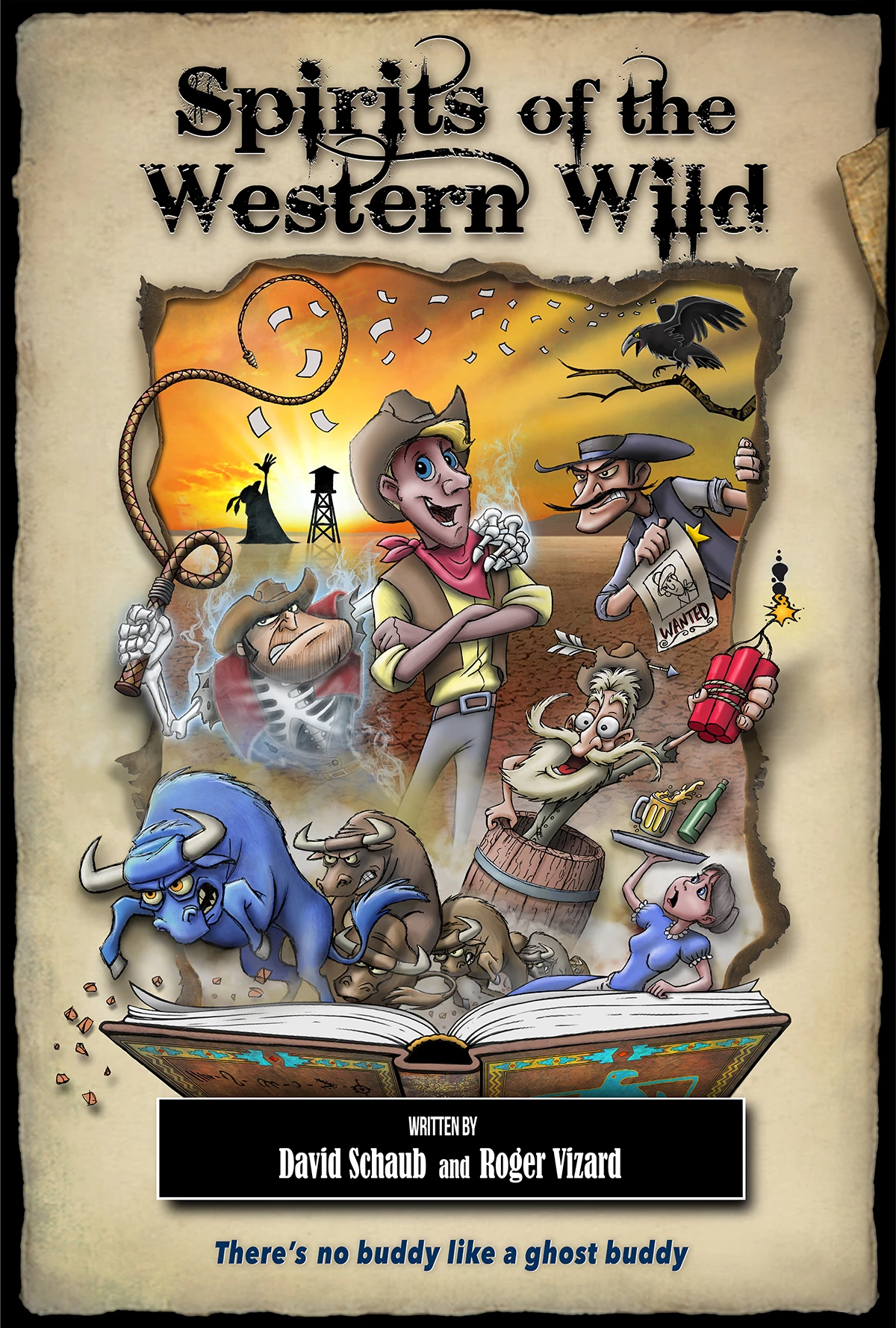
What do you hope readers will take away from the story?
While this story is certainly framed up as a "Western," that's really just the façade for a deeper story. Sergio Leone said the same about his films – "they are westerns only in their exterior aspects. Within them are truths that belong to all parts of the world… not just the American West."
Using this genre as our backdrop, we can strip away modern distractions and focus on the deeper message of redemption, friendship, loyalty, and the final ascension that occurs when our destiny is done.
Besides writing, what other secret skills do you have?
Music has always been something I've tapped into. Here's a taste of that: https://www.youtube.com/watch?v=RxR7dVPKnD4
With that as my background, I assembled the soundtrack for the audiobook, mostly from licensed material, but embellished, retuned, retimed, and recomposed in sections. Whenever something didn't quite fit in the musical score, I was able to fill the gaps with guitar nuances like this: https://www.instagram.com/p/B681OfJh2Ev/
What are you working on right now?
Both Roger and I are chipping away at other projects but no plans for another book release right away. Our next order of business is to kick this can down the road to see how far we can take it. The goal, of course, would be to make the film at some point. So if this story resonates with you, please give us your five-star approval! That would be really helpful and appreciated!
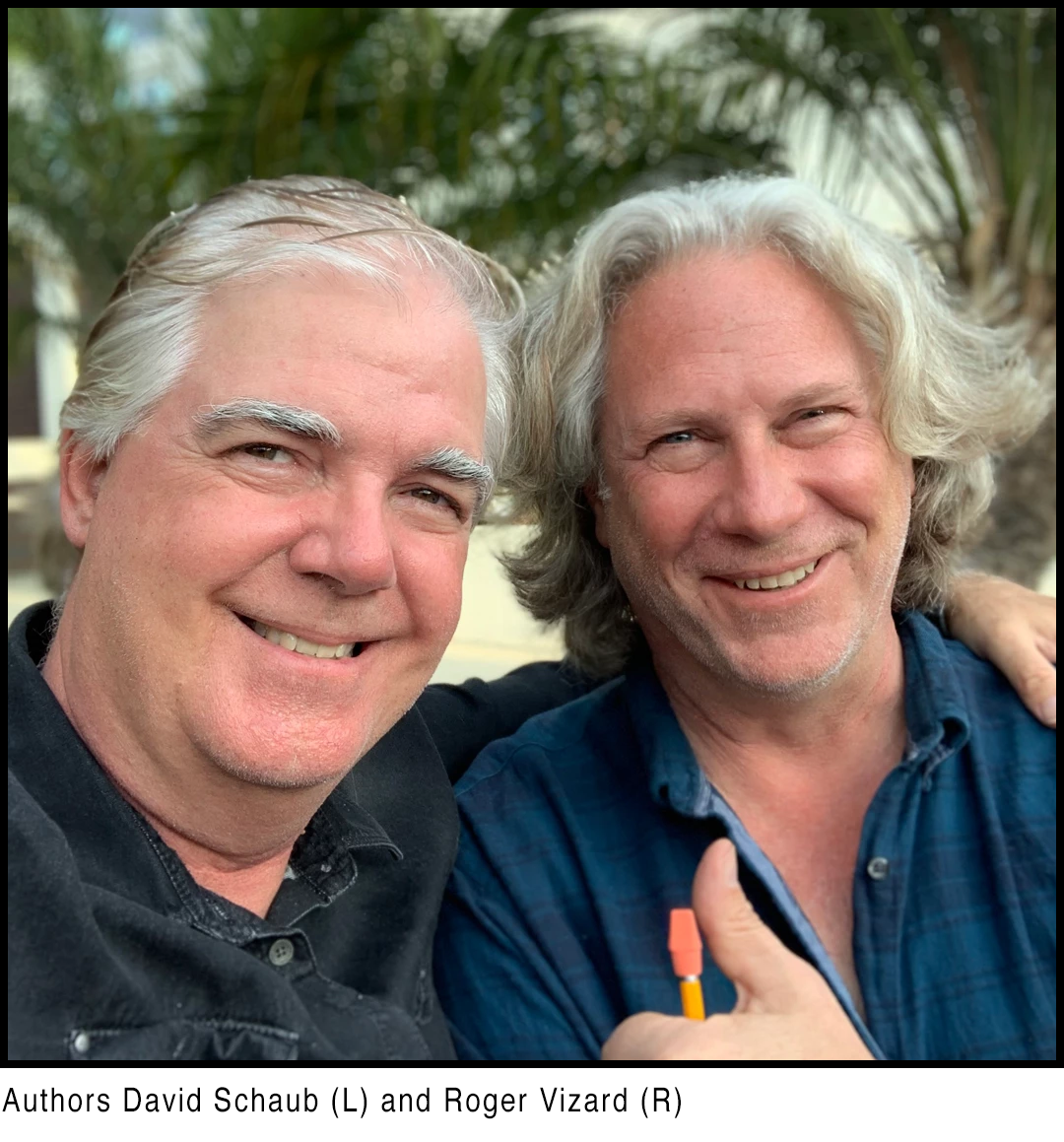
Where can our readers discover more of your work or interact with you?
I started an Instagram account for anyone interested in following this journey.
https://www.instagram.com/moviemethods/
I thought it would be entertaining (and cathartic for myself) to post the twists and turns as we go. I'm sure there will be lots of discoveries, insights, and takeaways on the winding road ahead.
You can see more on my website, and ping me from there: https://www.dschaub2.com/
I will forward all messages to Roger as well.
